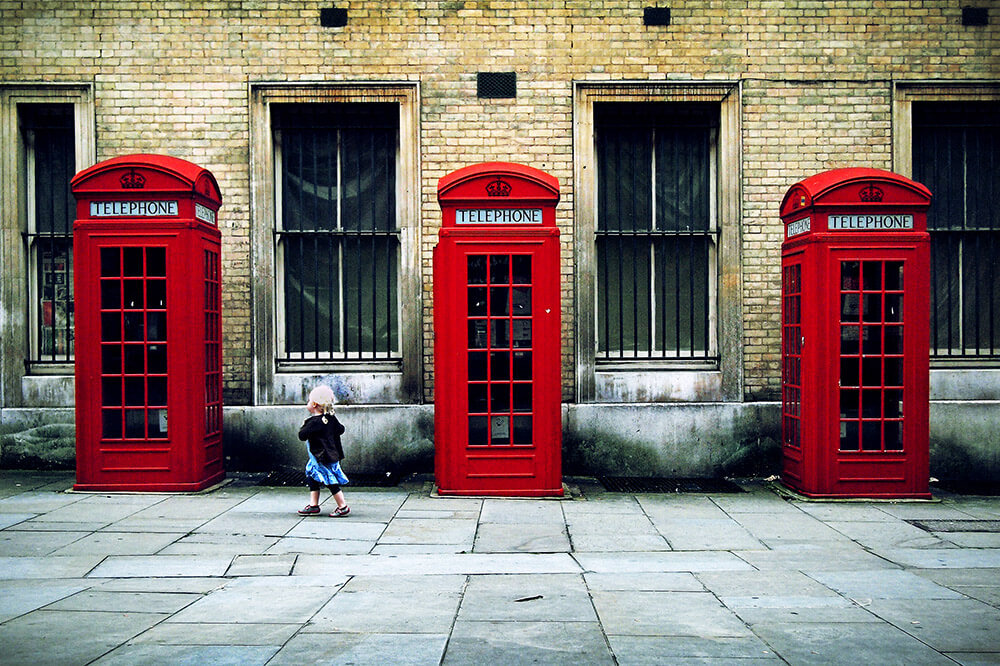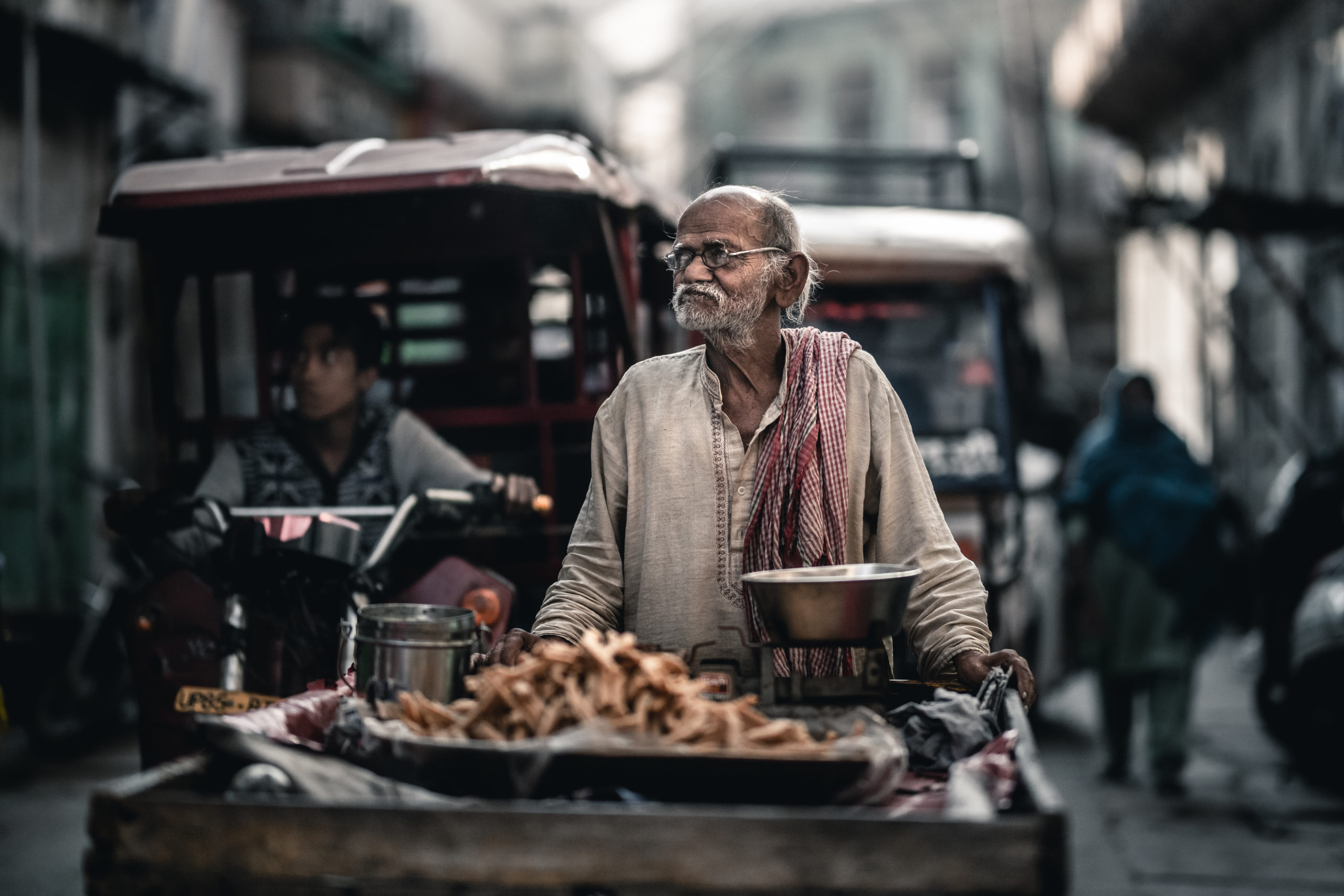The Only Guide for Street Photographers
Table of ContentsStreet Photographers - The FactsThe 7-Second Trick For Street PhotographersAll about Street PhotographersThe Greatest Guide To Street PhotographersThe Ultimate Guide To Street Photographers
Road photographers do not always have a social function in mind, but they favor to isolate and record moments which could or else go unnoticed.He was influenced by numerous of those that influenced the street professional photographers of the 1950s and '60s, he was not primarily interested in capturing the spirit of the street., who worked side by side with digital photographers trying to capture the essence of metropolitan life.

Offered the great quality of his photos and the breadth of product, designers and artists commonly acquired Atget's prints to make use of as referral for their very own work, though commercial interests were hardly his major inspiration. Rather, he was driven to photo every last remnant of the Paris he liked.
The Ultimate Guide To Street Photographers
They disclose the city with his eyes. His job and essential understanding of photography as an art form offered as inspiration to generations of photographers that complied with. The next generation of road professional photographers, though they likely did not describe themselves therefore, was ushered in by the photojournalism of Hungarian-born photographer Andr Kertsz.
Unlike his peers, Brassa made use of a larger-format Voigtlnder video camera with a much longer exposure time, compeling him to be much more computed and thoughtful in his practice than he could have been if using a Leica. (It is assumed that he may not have actually been able to pay for a Leica at that time, however he did, however, make use of one in the late 1950s to take colour photographs.) Brassa's photos of the Paris abyss illuminated by advice fabricated light were a revelation, and the compilation of the collection that he published, (1933 ), was a significant success.
Cartier-Bresson was a champ of the Leica camera and one of the initial photographers to optimize its capacities. The Leica allowed the digital photographer to interact with the environments and to record moments as they happened - Street Photographers. Its fairly tiny dimension additionally helped the professional photographer fade right into the history, which was Cartier-Bresson's recommended approach
Some Ideas on Street Photographers You Should Know
It is as a result of this basic understanding of the art of image taking that he is usually attributed with discovering the tool around once again roughly a century because its invention. He took photographs for greater than a half century and affected generations of digital photographers to trust their eye and intuition in the moment.
These are the inquiries I will attempt to answer: And afterwards I'll leave you with my very own interpretation of street digital photography. Yes, we do. Let's kick off with defining what a meaning is: According to it is: "The act of specifying, or of making something precise, distinct, or clear".
No, certainly not. The term is both restricting and misleading. Sounds like a road photography should be images of a roads best?! And all street photographers, besides a little number of absolute newbies, will completely appreciate that a road is not the key part to street digital photography, and really if it's an image of a street with possibly a couple of uninteresting individuals not doing anything of passion, that's not street digital photography that's a picture of a street.
He makes a legitimate point don't you think? While I agree with him I'm not sure "honest public photography" will certainly capture on (although I do kind of like the term "candid photography") due to the fact that "street photography" has actually been around for a lengthy time, with many masters' names connected to it, so I think the term is here to stay.
Fascination About Street Photographers
Inside?! I hear you scream as you tremble your hand to the sky. Why not? You can contend the beach, at a festival, in an alley, in a park, in a piazza, in a cafe, at a visit here museum or art gallery, in a city terminal, at an occasion, on a bridge, under a bridge ...

The Main Principles Of Street Photographers
